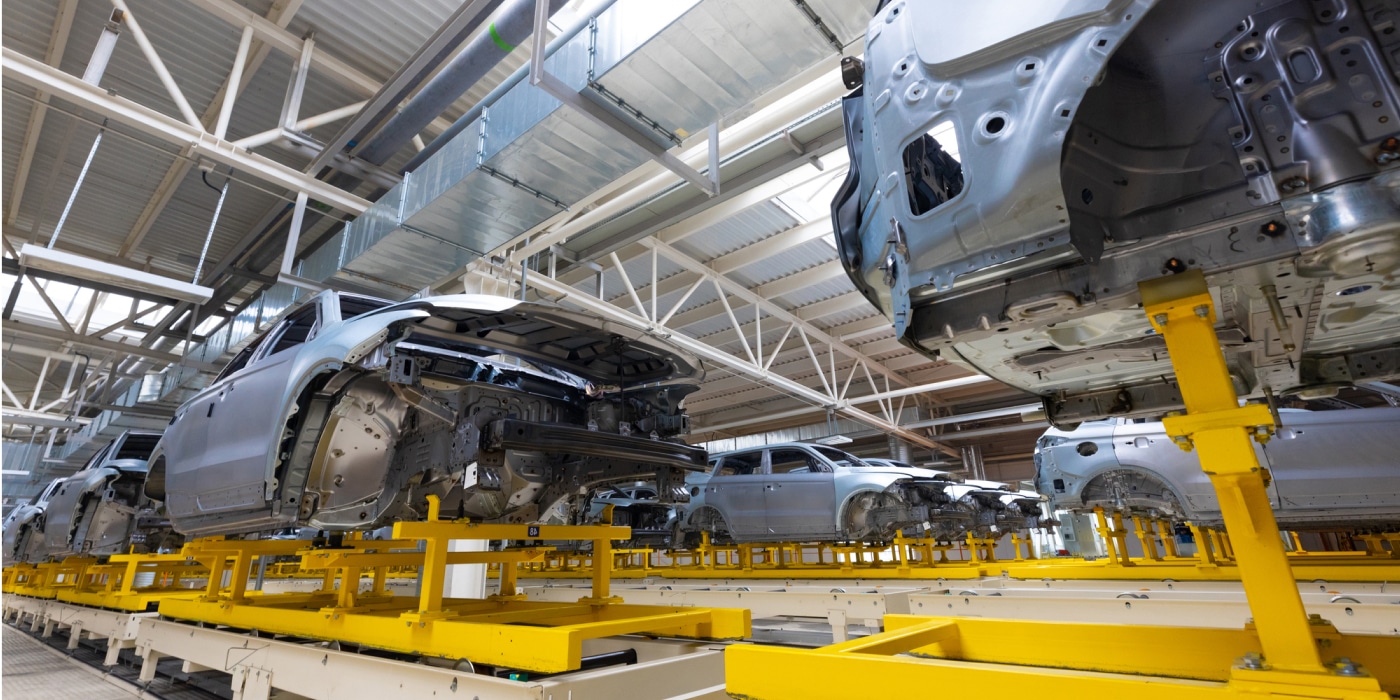How Automakers are Rethinking Sourcing Strategies
Over the past few years, the automotive industry has faced an unprecedented storm of supply chain disruptions, from semiconductor shortages and geopolitical tensions to inflationary pressures and new tariffs. As a result, automotive manufacturers and suppliers are being forced to rethink traditional sourcing strategies in favor of more agile, resilient, and technology-enabled approaches.
Here’s a look at how automotive companies are reevaluating sourcing strategies and adapting their businesses to achieve long-term success.
Shifting to Localized Production
Many automakers are increasingly looking to localize their production. By shifting manufacturing plants closer to the United States, companies can reduce the cost of tariffs on imported parts and finished vehicles. Building manufacturing plants in the United States can also allow automakers to shorten supply chains and reduce the risks of disruptions.
Hyundai Motor Group plans to invest $21 billion in its U.S. manufacturing operations. As part of the investment, Hyundai plans to build a $5.8 billion steel plant in Louisiana. The facility will supply Hyundai’s electric vehicle production at plants in Georgia and Alabama. Hyundai plans to expand its Savannah-area plant and invest $6 billion in U.S. technology partnerships as it accelerates the localization of its U.S. supply chain. Nissan aims to max out production at its largest American production plant. The facility is capable of producing 640,000 vehicles a year. Nissan is looking at adding hybrid production to the facility as well as new products.

Reevaluating Just-in-Time Inventory Management
While just-in-time inventory management has been effective in reducing costs, it also exposes companies to risks. This inventory model, which assumes seamless cross-border movements and predictable delivery times, has become increasingly precarious. The combination of automotive tariffs, fragmented trade zones, and supply chain disruptions is forcing automakers to rethink this approach. Auto manufacturers are now forced to maintain larger buffer stocks than they have historically for critical components, not just to protect against supply chain disruptions, but also to navigate tariff-driven cost variations.
Ford Motor Company has factories in the United States, however the company also relies on many parts produced in Europe, Canada and Mexico. The automaker has stockpiled parts like transmissions, brakes, engines and spark plugs to help soften the blow for consumers who need repairs soon. Rivian built up a stockpile of batteries for its trucks, SUVs, and commercial vans before and after the presidential election, a strategy used to mitigate the impact of President Trump’s auto tariffs.
Increasing Focus on Software-Centric Sourcing
As vehicles become increasingly reliant on software and digital solutions, automotive procurement strategies are no longer focused exclusively on physical parts. Companies are focusing on finding technology partners that align with their future product needs, including providers that specialize in software platforms, cybersecurity solutions, and connectivity components. Suppliers who can provide ongoing innovation and robust digital platforms capable of supporting a vehicle’s software needs will be critical for automakers in the future.
With the help of advanced analytics and digital platforms, automotive companies are gaining better insights into their supply chains. By leveraging data, automakers can predict shortages, track vehicles and parts in real-time, and optimize their sourcing decisions. The industry is embracing digital tools to gain real-time insight into supplier performance, inventory levels, and logistics bottlenecks. Delivery management solutions can help businesses streamline logistics processes and optimize and adjust routes in real-time, minimizing delivery delays.
Sourcing strategies are no longer just about cost, they’re about resilience, adaptability, and risk mitigation. Companies are redefining their sourcing playbooks, not just to survive disruptions, but to build smarter, stronger, and more efficient supply chains.
For more information about how our delivery management solution can help you manage your deliveries more efficiently, please contact info@bringoz.com.
